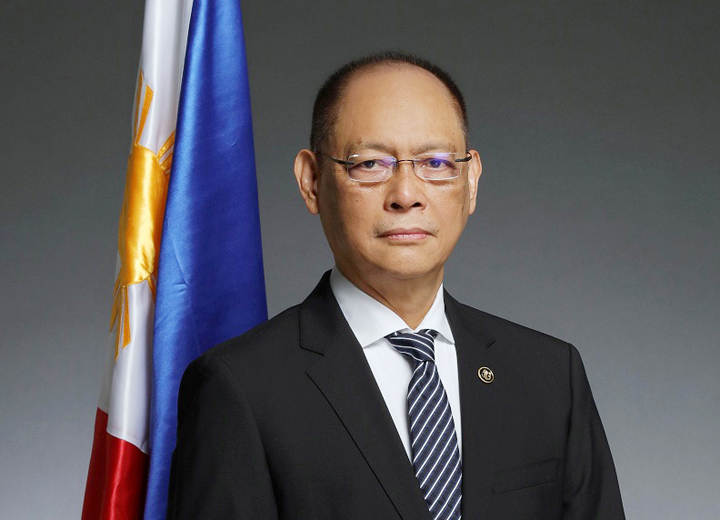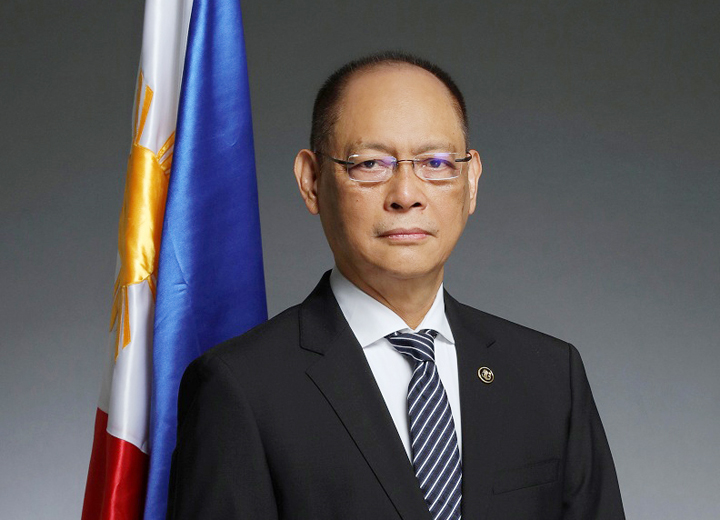
THE Philippines continues to have ample fiscal and monetary space to support economic recovery, but Bangko Sentral ng Pilipinas (BSP) Governor Benjamin Diokno said this space for accommodative monetary policy is not “unlimited.”
Speaking at the 2021 BSP-Reinventing Bretton Woods Committee (RBWC) International Research Conference on Monday, Diokno said central banks, especially those from emerging market economies, must explore better ways to prepare against possible economic scars arising from lockdowns and other mobility restrictions to protect lives.
“Unlike in past crises, we [the Philippines] enjoy both monetary policy and fiscal policy space needed to spur recovery from the Covid-19-induced economic recession,” Diokno said.
“In our case, while our monetary and fiscal space is ample, we are aware that our current policy space is not unlimited,” he added.
The BSP governor has been vocal in keeping the monetary policy rate environment of the country at its most accommodative to support economic recovery.
In 2020, the BSP moved to cut rates by a total of 200 basis points to bring the interest rate to an all-time low of 2 percent to support the economy. For this year, the BSP has so far kept this rate steady amid rising inflationary pressures and the impending US Federal Reserve monetary policy normalization.
‘Potential bubbles’
In his speaking engagement on Monday, the governor said loose monetary policy, and accommodative macroprudential policy and regulation tend to “engender potential bubbles in markets that could lead to macrofinancial risks and instability.”
On the other hand, premature tightening could forestall recovery and leave a trail of economic scars, the governor also said.
In its latest monetary policy meeting, where they raised inflation forecasts above the 2 to 4 percent target range for this year, Diokno said the BSP “stands ready to take appropriate measures as necessary to ensure that the monetary policy stance remains in line with its price and financial stability mandates.”
‘Premature removal’
In a separate commentary, ING Bank economist Nicholas Mapa warned against the “premature removal” of Covid-19-related economic measures which can delay the country’s recovery.
“Calls for a hurried removal of policy support stem from unwarranted fears of asset price bubbles formed by months of negative policy rates . . . Just like a wound that has yet to completely heal, the Philippine economy remains stuck in low gear and clearly in need of additional support,” Mapa said.
Latest data from the BSP showed that residential property prices declined for the second consecutive quarter in April to June this year, driven by the downtrend in real-estate prices in the National Capital Region (NCR). The BSP attributed the decline to the “continued effects of the pandemic on the residential property demand” as well as high base effects.
“A premature reversal of support at this time of the healing phase will result in even deeper and uglier economic scars as gains from previous accommodation are reversed, sending the economy into a tailspin destined for economic depression,” Mapa said.
“Patience and determination throughout the recovery and healing phase will be crucial as we avoid costly removal of support just when the economy needs it the most. If we can’t ignore the itch, we may be in for an even longer recovery cycle as we delay the return to pre-Covid levels of growth further and further into the future,” he said.
Fitch research arm weighs in
Also on Monday, meanwhile, international think tank Fitch Solutions said it expects the Philippines to normalize its accommodative monetary policy stance “sooner and faster” in 2022.
In a research analysis published on Monday, Fitch Solutions—the research arm of the Fitch Group—said that while they expect BSP to keep its record-low monetary policy rate on hold for the rest of 2021, it now expects 75 basis points (bps) of hikes in 2022 to 2.75 percent.
This is an upward revision from their earlier forecast of 50 bps of hikes next year to 2.5 percent.
“While we maintain our view that the BSP will look past elevated headline inflation readings in the near term and the shift towards monetary policy tightening by the US Federal Reserve [Fed], we flag the BSP could begin to normalize its monetary policy as early as the second quarter of 2022,” Fitch Solutions said.
The research group’s forecast was an expectation of hikes towards the latter part of 2022.
The expectation for a more hawkish BSP stance comes as external monetary policy conditions add pressure to the more dovish emerging market (EM) central banks, said Fitch Solutions.
“The BSP has sought to look past the external pressures and support fragile domestic demand given the still-significant disruptions from Covid-19 in the Philippines. However, we expect that as the economy begins to rebound, the BSP will seek to normalize sooner rather than later to anchor investor appetite for Philippine assets and temper demand-side inflationary pressures,” the think tank said.
Fitch Solutions thinks pressure could rise for the BSP to hike if inflation proves more sticky and external financing conditions tighten sharply.
“On the inflation front, continued supply-side disruptions and a pick-up in domestic demand could see inflation expectations begin to climb, requiring a sooner and more aggressive monetary tightening cycle from the BSP,” the think tank said.
The country’s inflation accelerated to 4.9 percent in August 2021 from 4 percent in its previous month. This is the highest inflation recorded since January 2019.

